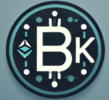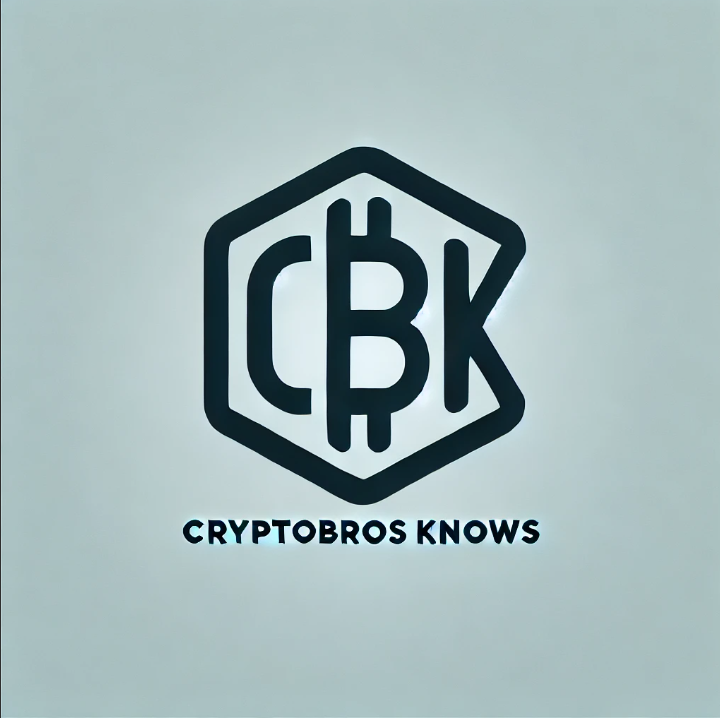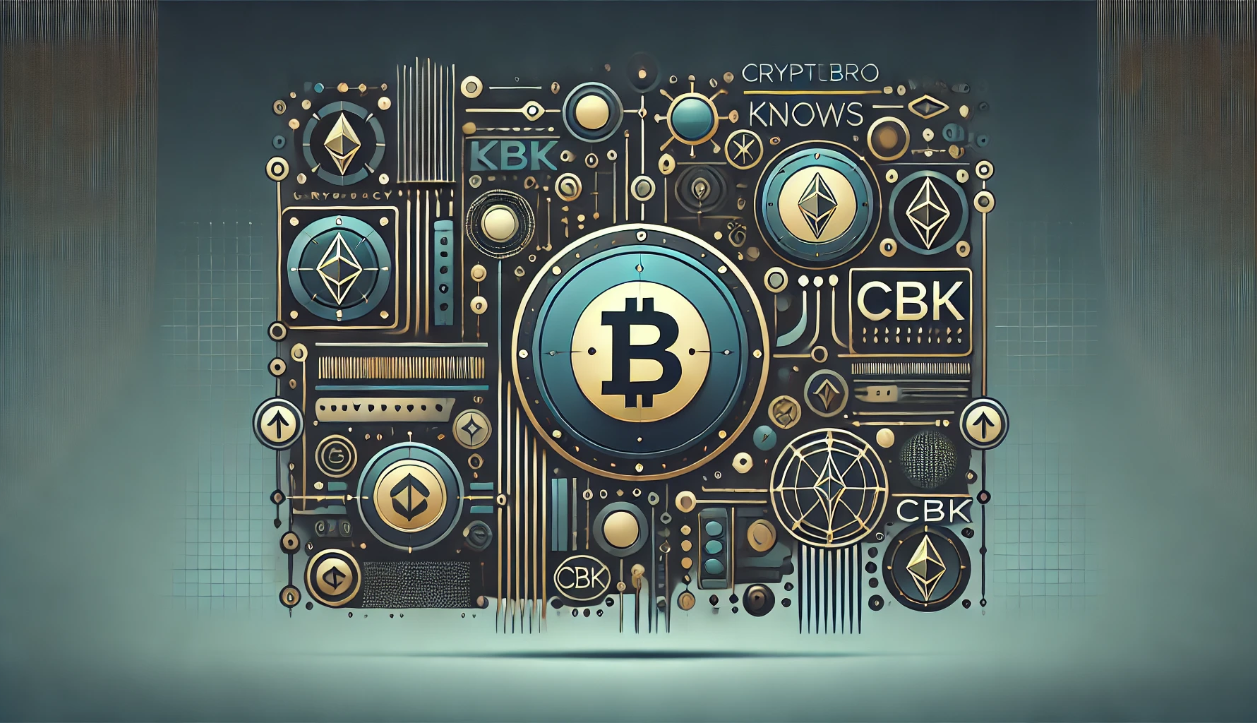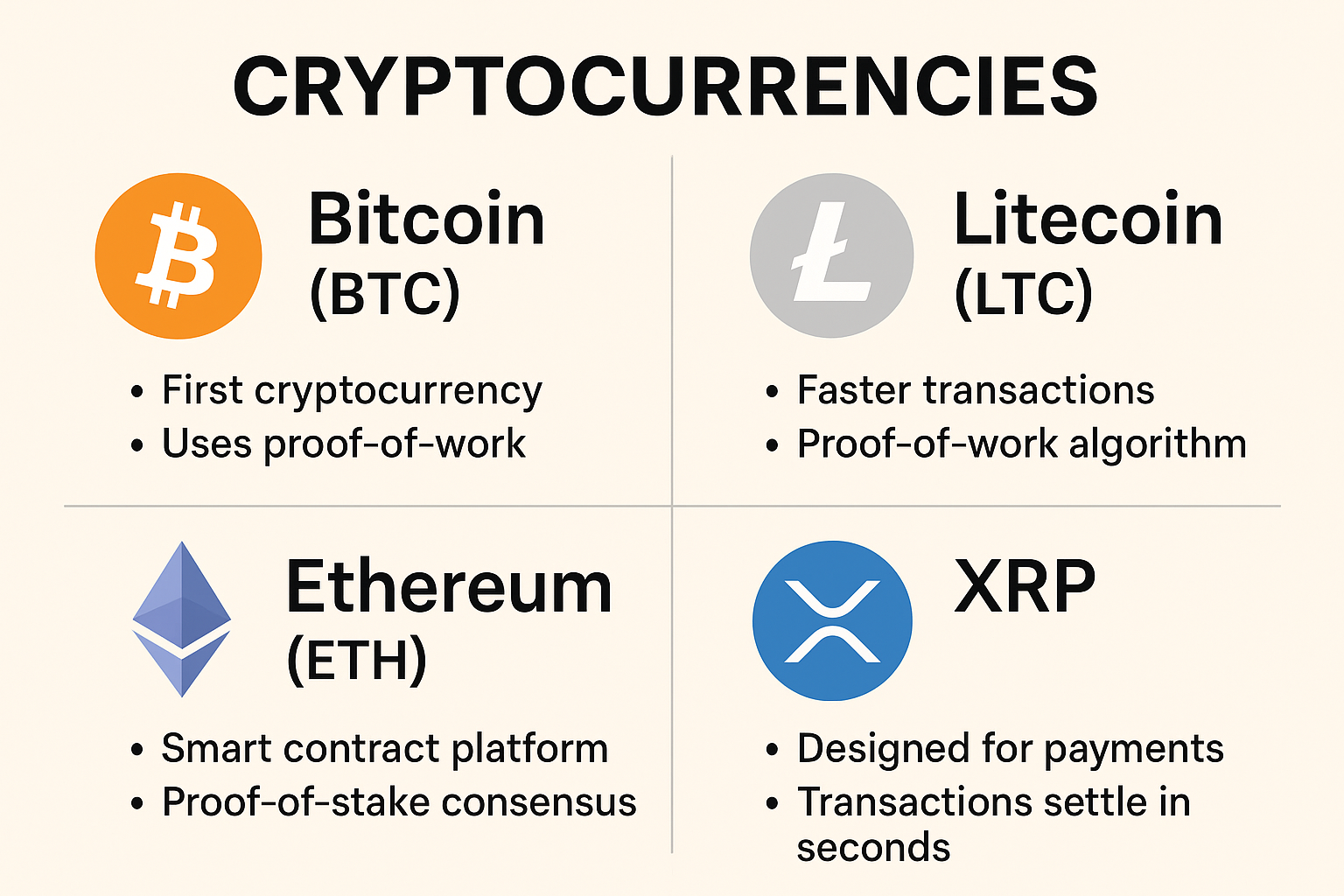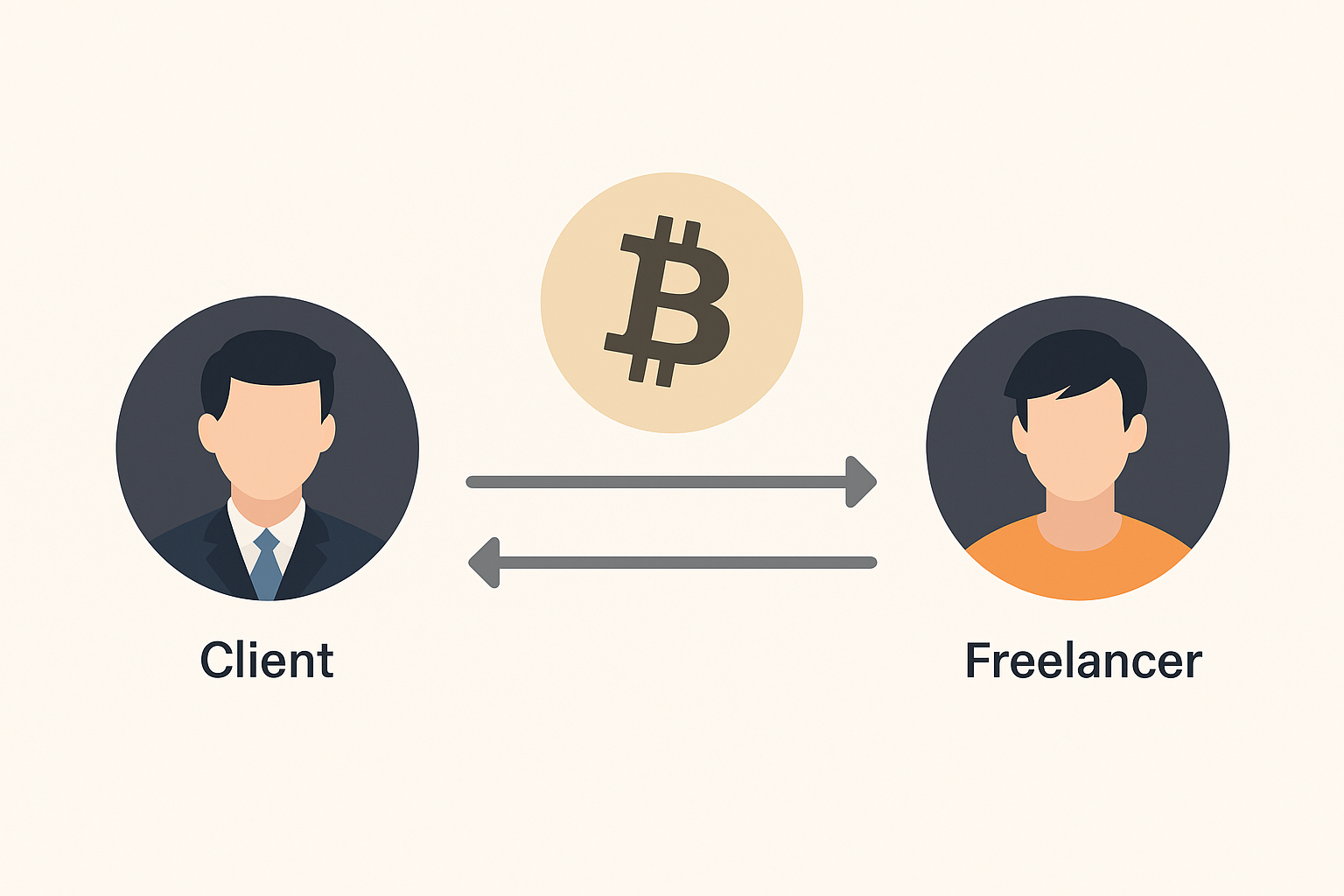In the world of cryptocurrency, few things capture the chaos, creativity, and culture of the internet better than meme coins. What started as jokes — simple tokens based on animals, frogs, or viral tweets — have somehow turned into multi-billion-dollar assets.
But how did we get here?
Why are coins like Dogecoin, Shiba Inu, and PEPE worth anything at all?
Let’s break down the meme coin phenomenon: where it came from, how it exploded, and what it reveals about both crypto markets and internet culture.
🧠 What Are Meme Coins?
Meme coins are cryptocurrencies inspired by viral internet content, memes, or social media trends. They usually:
- Start as jokes or parodies
- Have little to no utility at launch
- Rely on community hype rather than technical fundamentals
- Trade for fractions of a cent — but sometimes moon to millions
While Bitcoin was built as a serious alternative to fiat money, meme coins are more like cultural experiments — mixing speculation, humor, and community in equal measure.
📈 Why Do Meme Coins Have Value?
Good question. By all logical standards, a coin with a dog’s face shouldn’t be worth billions. But meme coins aren’t about logic — they’re about:
✅ 1. Community Power
Meme coins often have huge, passionate online communities. Think Reddit, Twitter (now X), TikTok — where users rally behind a coin with memes, hashtags, and viral challenges. The more people talk, the more people buy.
✅ 2. Virality
Because they’re based on memes, these coins are built to go viral. A funny tweet or celebrity shoutout (looking at you, Elon Musk) can send the price soaring overnight.
✅ 3. Accessibility
Most meme coins trade for less than a penny — making them feel “cheap” and accessible to everyday investors. Buying millions of tokens for $50 just feels fun, even if the fundamentals are weak.
✅ 4. Speculation
Let’s be honest: a lot of people buy meme coins hoping to strike it rich. With past examples of 100x and 1000x returns, the dream of becoming a “meme coin millionaire” is a strong motivator.
🐕 Dogecoin: The Original Meme Coin
Launched in 2013 as a joke by software engineers Billy Markus and Jackson Palmer, Dogecoin started as a parody of crypto hype — using the image of a Shiba Inu from the “Doge” meme.
But over time, Dogecoin built a real community.
- It sponsored the Jamaican bobsled team in 2014
- It raised money for charitable causes
- It became a tipping token on Reddit and Twitter
Then in 2021, Elon Musk began tweeting about Doge… and the rest is history. The coin surged from fractions of a cent to over $0.70, briefly surpassing a $90 billion market cap.
Dogecoin proved that memes + community = real money.
🐕🦺 Shiba Inu: The “Doge Killer”
Launched in 2020, Shiba Inu (SHIB) branded itself as a “Dogecoin killer.” It copied the Shiba Inu mascot but added more modern crypto features:
- A total supply of 1 quadrillion tokens
- A built-in decentralized exchange (ShibaSwap)
- Burn mechanics to reduce supply over time
- Integration into NFT and metaverse projects
SHIB rode the wave of meme coin mania, surging over 50,000,000% from its launch price. While it began as a copycat, it eventually developed its own ecosystem — and was even added to mainstream exchanges.
🐸 PEPE: The Frog That Leapt to Fame
In 2023, PEPE entered the meme coin arena with a bold claim: to become the king of meme coins. Inspired by Pepe the Frog, a meme long used across internet subcultures, PEPE had no presale, no team reveal, and no roadmap.
That didn’t stop it.
- It gained traction on Twitter and 4chan
- It hit $1.5 billion market cap in 3 weeks
- Early buyers became overnight millionaires
PEPE reminded the world that decentralized chaos and meme culture can be just as powerful as any whitepaper.
⚠️ The Risks of Meme Coins
For all their entertainment and upside potential, meme coins come with serious risks:
❌ Extreme Volatility
Prices can swing 30–50% in a single day based on a tweet or rumor.
❌ No Real Utility
Many meme coins lack any use case, meaning their value is driven purely by hype.
❌ Scams and Rugpulls
The meme coin space is filled with shady projects. Always do your research, especially with newly launched tokens.
❌ Short-Lived Trends
Some meme coins fade fast — leaving investors holding bags of worthless tokens.
Meme coins are fun, but they are not safe bets. If you invest, do it with money you can afford to lose.
📊 What Meme Coins Reveal About the Market
Meme coins aren’t just speculation — they reflect bigger truths:
- People want to feel part of a movement
- Culture and community matter more than code
- Humor can build stronger engagement than utility
- Decentralized communities can coordinate at scale
They also serve as a gateway for many newcomers. Meme coins are often the first crypto people hear about — and once they’re in, they explore deeper projects.
✍️ Final Thoughts
The meme coin mythos isn’t just about frogs and dogs and dreams of moonshots. It’s about how culture, community, and chaos converge in crypto.
Yes, they’re risky. Yes, they’re volatile. But they also show the weird, wonderful potential of the internet to assign real value to collective belief.
So whether you’re watching from the sidelines or riding the meme wave yourself — never underestimate the power of a good joke with a blockchain address.
And remember: in crypto, sometimes the meme is the message.
